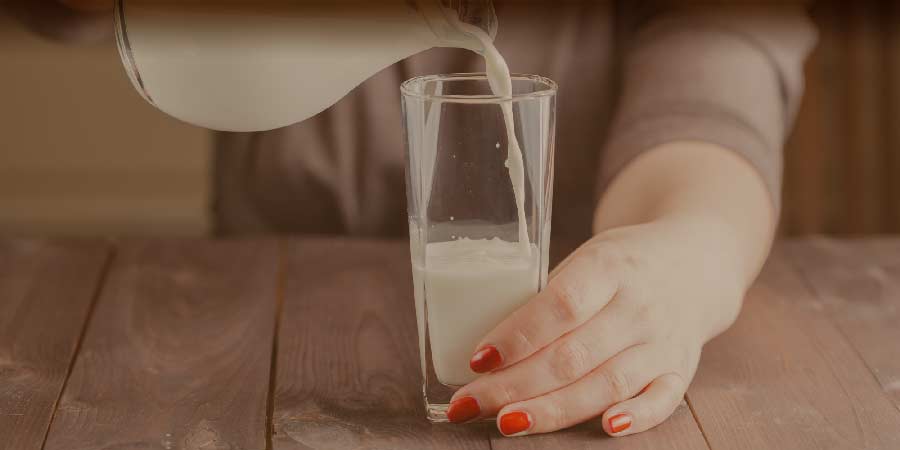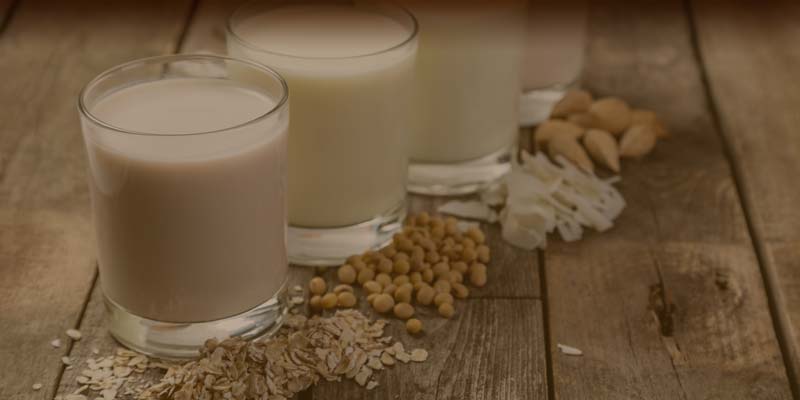There’s evidence that enjoying nutritious food can have a positive impact on children’s behaviour at school, which in turn may support learning and improve overall academic performance. Eating well throughout these years also builds the foundation for healthy eating habits that last a lifetime, so children and teens grow into healthy adults.
Dairy products are nutritious choices for children throughout their nursery, primary and secondary school years thanks to the varied range of nutrients they contain. This is why school milk schemes – first introduced almost a century ago – continue to make an important contribution to healthy, balanced diets for children.




















